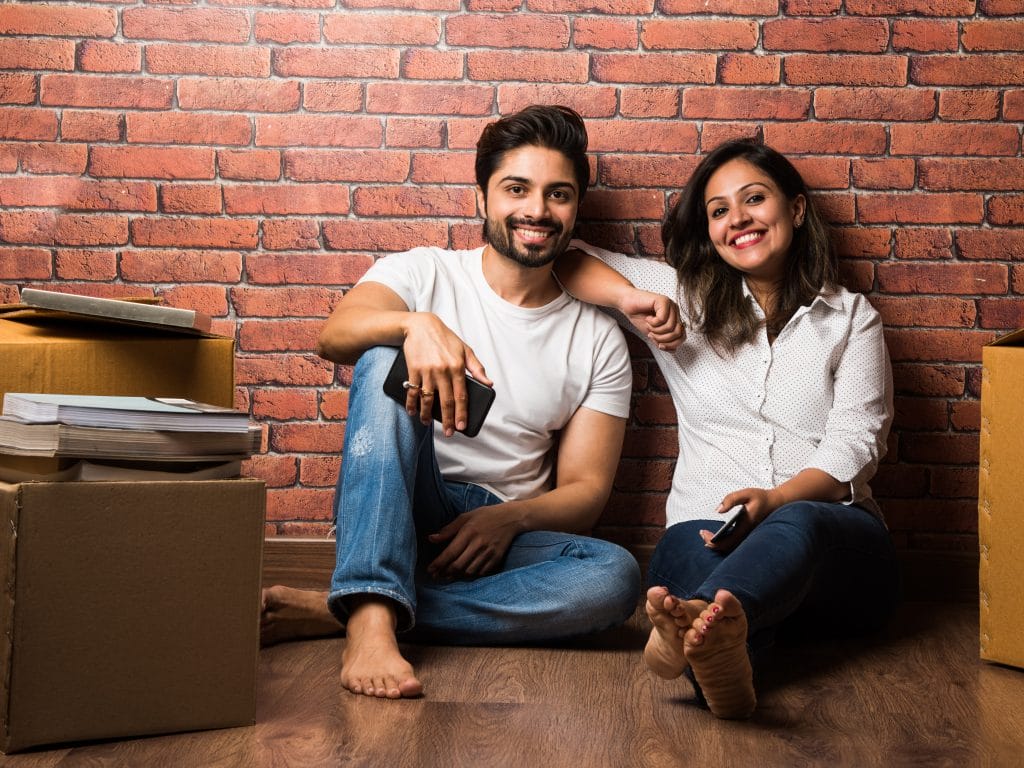Love Aaj Kal!
By the Masala Team
Singletons, although wedding season is wrapping up, Valentine’s Day is just around the corner, which means that there’ll still be no let up from the questions about your marital status from well-meaning aunties of all shapes and sizes. We know the pain – some of us are on the flirty side of thirty (or is it the shirty side of thirty) and the only dating we’re doing is the carbon dating of long-dead situationships and what went wrong over the years.
Nevertheless, just as inevitable as being asked to dance to “Kala Chashma” in weddings over the past few months, is the evolution of the face of dating and relationships in the community – not the least of which is our ability to talk about it openly on this platform. Not only are families more open to change and once-taboo situations, those of us still venturing into the (concrete) jungle that is romance in the modern age are now becoming more insistent on finding love on our own terms. This year, we’ve put together a comparison
of relationships, then and now, to remind you that love can truly conquer all – unless it’s Bumble’s incomprehensible algorithm.
- INTRODUCTIONS
We’ve heard the stories from our nanis and dadis – back in the day, your first interaction would be through the matchmaker, and your first meeting would be with your whole family there looking in, goldfish-in-a-fishbowl style. There’d be a few minutes for ‘the youngsters’ to take a turn around the garden to get to know each other, and if neither of you exhibited any red flags like the inability to make a perfectly-round roti, then this relationship was almost a done deal.
More recently, even in arranged introductions, you have the freedom to arrange your own dates and interact with each other via WhatsApp first, so you’re able to spectacularly fail at planning a simple dinner date or
ghost each other after a misogynistic comment, just like our non-arranged counterparts. And of course, dating apps are now as prolific as Bangkok’s pigeons (albeit occasionally just as likely to give you…poop); and many of us have met the loves of our lives on the apps (even if many of us don’t acknowledge it…yet).
2. RELATIONSHIPS IN THE PUBLIC EYE
We’re not just talking PDA here – no matter how ‘enlightened’ we become, many of us will probably still cringe at seeing a couple making out on the BTS; we’re in Bangkok not Berlin! But these days, couples in the community are publically seen sharing moony-eyed looks over a drink at a well-frequented rooftop on Soi 11, and not just after they’ve been engaged – before they’ve held the roka or, more shockingly, even after marriage, with young-and-in-love newlyweds openly willing to flirt with their own spouse!
Couples are not only joining their SO’s family vacations, they’re soft-launching them on their stories and posting about them on their public feeds – especially on special occasions (Valentine’s Day and now also Promise Day, Hug Day, Rose Day, Teddy Day), which we not only have to plan for our lover but for their 5,000 followers on Instagram to coo over as well. In an arranged situation? It’s 2023, so that’s no excuse not to plan an elaborate engagement set-up for the photos and the feed.
3. TRAVELLING TOGETHER AND/OR MOVING IN TOGETHER
Let’s face it, this is still considered forbidden for most of us, but even in this, the march of progress is as relentless (if maybe just as slow) as Sukhumvit’s ever-worsening traffic. In more traditional times, even staying the night in separate rooms under the same roof would have been out of the question, despite having the whole length of the house, and your parents, siblings, nani, nana, dadi, dada, and of course, the maids encouraged to spy on you by your parents, between your rooms.
Now, it’s not unheard of to see couples taking advantage of Rao Tiew Duay Gun for a weekend jaunt to Phuket
even if it’s in ‘separate rooms’, or more boldly, moving in together because, after all, how can we truly know if
the veg/non-vegetarian household will work in theory if we can’t test-run it in practice?
4. DATING OUTSIDE THE INDIAN COMMUNITY
15 years ago, the mere hint of Aunty Baby’s nephew’s friend’s cousin spotted in Emporium with a gora boy would have caused consternation and alarm across kitty parties the city over. A landline call from someone with cut-glass British tones (“it’s just Radhika’s brother calling for her – it’s the international school accent, mum!”) were high-stress situations, and you’d automatically change ‘John’ on your mobile to Jai or better yet, Jana. Forget marrying someone non-Indian (or even outside of a Thai-Indian from Sathorn who works in the same industry), because “how will they understand your culture, beti?”
These days, we can thank (or maybe blame) the international school environment for more of us openly looking for love outside of our ethnicity. Even in arranged situations, many of our parents are happy to introduce us to potentials outside of our specific communities. After all, in an increasingly-globalised world, an enlightened third-culture date will be able to bop along to Panjabi MC’s “Mundian To Bach Ke” just as well as the rest of us; or more importantly, exhibit the green flags of trust and respect that at the end of our day,
are all our parents want for us.
5. DATING OUTSIDE OF TRADITIONAL, HETEROSEXUAL STRUCTURES
Even more boundary-pushing than dating outside of the Indian community are those of us who’ve decided to
break free from traditional relationships or identity boxes – and no longer in secret! While a decade ago we may have been content to stick to the story of our long-term roommate whom we’ve been living the ‘bachelor’ life with back in New York; or being too busy with our high-powered career to date despite the suspicious amount of late ‘girl’s nights’ you’ve spent with your bff from college; many of us have felt comfortable enough these days to come out as a member of the LGBTQI+ community to our friends, family, and even the wider Indian society. While it’s still a learning process for the community, there have been encouraging stories of parents and relatives who’ve learned to accept who we are, and that love is love.
Aside from non-heteronormative relationships, some of us are also embracing other non-traditional relationship structures, such as non-exclusive relationships or polyamory; and are happy to talk about it – although often with a dictionary within reach.

6. BREAKING UP IS NOT THE END OF THE WORLD
For people in the community, divorce is still considered difficult or even unthinkable, but in the last few years,
divorce rates have risen by 50 to 60 percent in India alone. While this may be the kind of shocking statistic that will make the rounds in your mum’s WhatsApp forwards, the other side is that it’s clear that people are learning about what they will or won’t accept in relationships, and are willing to leave for the sake of both parties.
More than just divorce rates, the number of people breaking up post-COVID seems almost proportional
to the number of engagements, weddings, and baby announcements in the last year – proof that the pandemic has reassessed all our priorities, allowing us to see whether the next step is truly the one we want to take (even if the answer is “no, because they’re taking that step in Crocs and I hate Crocs.”)
7. THE MEANING OF COMPATIBILITY
At one point, compatibility in relationships meant whether you were from the same community and religion, whether your families got along, whether your spouse could join the family business, whether they were willing to move to the heat and traffic of Bangkok for you, and words like ‘fair’, ‘trim’ and the rest of Sima Taparia’s list of adjectives.
Now, we’re more willing to acknowledge that regardless of how we were introduced, or where we met, the heart of compatibility should lie within us, not our families. Shared values are still important, but the balance
of responsibilities has changed, including who the breadwinner is, who takes care of the kids, and who does
the chores – even if the answer to all these questions is “both, of course!”







